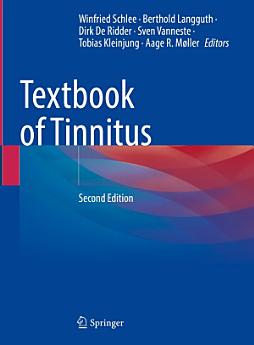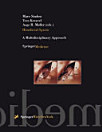Textbook of Tinnitus: Edition 2
About this ebook
Textbook of Tinnitus has filled a void by providing a comprehensive overview about the different forms of tinnitus, their pathophysiology and their treatment. However, since the publication of the first edition of the Textbook of Tinnitus in 2011, tinnitus research has dramaticallyevolved. In view of the substantial increase in knowledge, most chapters in this second edition are newly written and a few original chapters have had major updates. This edition has nine sections, covering the basics of tinnitus, the neurobiology of tinnitus, pathophysiological models, animal research, diagnosis and assessment, various forms of management and treatment, and finally, a look at the future of tinnitus and tinnitus research.
The book will be of great interest to otolaryngologists, neurologists, psychiatrists, neurosurgeons, primary care clinicians, audiologists and psychologists, and students. Because of its organization and its extensive subject index, Textbook of Tinnitus, Second Edition can also serve as a reference for clinicians who do not treat tinnitus patients routinely.
About the author
The editors come from different countries and different clinical and neuroscientific backgrounds, including ENT, Neurology, Neurosurgery, Psychiatry, Psychology, auditory Neuroscience, Neuroscience and have been working together in the tinnitus field for many years. All of them are active members of the Tinnitus Research Initiative and share the belief that a neuroscientific approach will lead to a better understanding of tinnitus and to better treatment options for the millions of people currently suffering from tinnitus.






